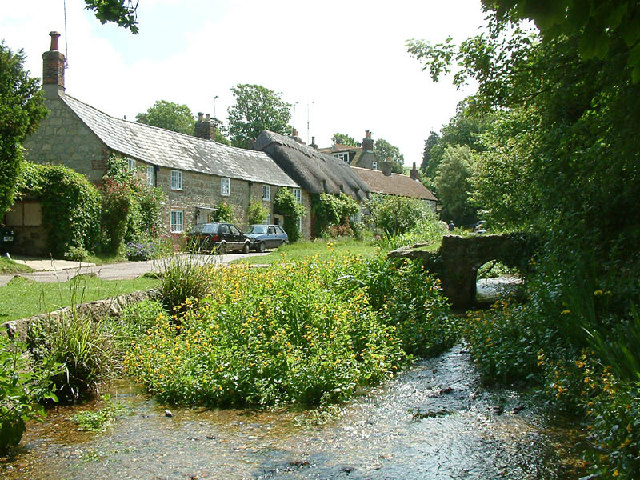Caul Bourne on:
[Wikipedia]
[Google]
[Amazon]
 The Caul Bourne is a stream on the
The Caul Bourne is a stream on the
 The Caul Bourne is a stream on the
The Caul Bourne is a stream on the Isle of Wight
The Isle of Wight (Help:IPA/English, /waɪt/ Help:Pronunciation respelling key, ''WYTE'') is an island off the south coast of England which, together with its surrounding uninhabited islets and Skerry, skerries, is also a ceremonial county. T ...
, England
England is a Countries of the United Kingdom, country that is part of the United Kingdom. It is located on the island of Great Britain, of which it covers about 62%, and List of islands of England, more than 100 smaller adjacent islands. It ...
.
Etymology
The name ''Caul Bourne'' is first attested in a thirteenth-century copy of acharter
A charter is the grant of authority or rights, stating that the granter formally recognizes the prerogative of the recipient to exercise the rights specified. It is implicit that the granter retains superiority (or sovereignty), and that the ...
from 826, where it appears as "Cawelburnan". The ''burn'' element is a common Old English word for "stream, river". The ''cawel'' element has traditionally been taken to be the Old English
Old English ( or , or ), or Anglo-Saxon, is the earliest recorded form of the English language, spoken in England and southern and eastern Scotland in the Early Middle Ages. It developed from the languages brought to Great Britain by Anglo-S ...
word that is the ancestor of Present-Day English "kale
Kale (), also called leaf cabbage, belongs to a group of cabbage (''Brassica oleracea'') cultivars primarily grown for their Leaf vegetable, edible leaves; it has also been used as an ornamental plant. Its multiple different cultivars vary quite ...
" (borrowed into Old English from Latin ''caulis'', "stem, brassica
''Brassica'' () is a genus of plants in the cabbage and mustard family (Brassicaceae). The members of the genus are informally known as cruciferous vegetables, cabbages, mustard plants, or simply brassicas. Crops from this genus are sometim ...
"): perhaps the river was named for brassicas growing on its course. A more recent suggestion is that the ''cawel'' element is another Old English word, meaning "basket" (also borrowed into Old English, from Latin *''cavellum'', "basket"). In this case, the baskets were perhaps fish-traps, and the river was named for their use in it.
Geography
The stream is long from source to the start of the Newtown River Estuary just belowShalfleet
Shalfleet is a village and civil parish on the Isle of Wight. it is located between Yarmouth and Newport in the northwest of the island.
Background
The name "Shalfleet" means "shallow stream". The stream in this case is the stream passing th ...
. Its source is in an ornamental lake, near Winkle Street in Calbourne, from which it runs to the north (like most other rivers on the Isle of Wight) through Newbridge and Shalfleet. It is joined by several tributaries before flowing into The Solent
The Solent ( ) is a strait between the Isle of Wight and mainland Great Britain; the major historic ports of Southampton and Portsmouth lie inland of its shores. It is about long and varies in width between , although the Hurst Spit whic ...
via Newtown estuary, a Site of Special Scientific Interest
A Site of Special Scientific Interest (SSSI) in Great Britain, or an Area of Special Scientific Interest (ASSI) in the Isle of Man and Northern Ireland, is a conservation designation denoting a protected area in the United Kingdom and Isle ...
.
The river was subject to flooding in December 1993 when a longer than normal period of precipitation (over 8 hours of rainfall) led to four houses in Shalfleet suffering £36,000 of damage between them.
References
Caul Bourne
The Caul Bourne is a stream on the Isle of Wight, England.
Etymology
The name ''Caul Bourne'' is first attested in a thirteenth-century copy of a charter from 826, where it appears as "Cawelburnan". The ''burn'' element is a common Old English ...
{{England-river-stub